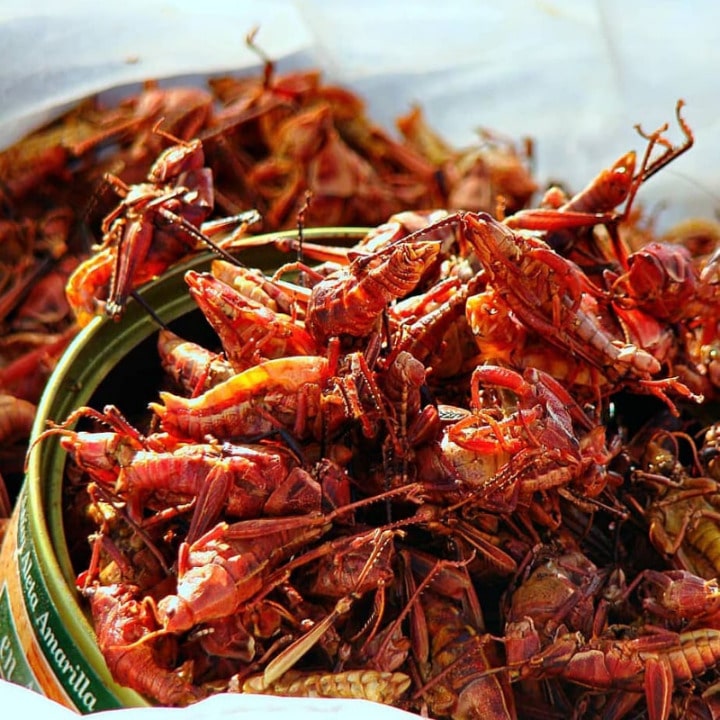
When we journey to faraway places, food is one way we learn and soak in a new culture or a new place. Especially when it comes to weird foods.
There are tantalizing delicacies, four-course meals, and sweet and salty street snacks. You can take courses, attend events, and complete tours about food, even weird foods.
The list goes on of our favorites, including pretzels and beer in Germany, fish and chips in England, and fresh fish in Japan. Did you know there’s another list of food that goes on and on?
Sit tight, this one is sure to wow you. Here are 21 of the most exotic and weird foods in the world.
Fried Spider
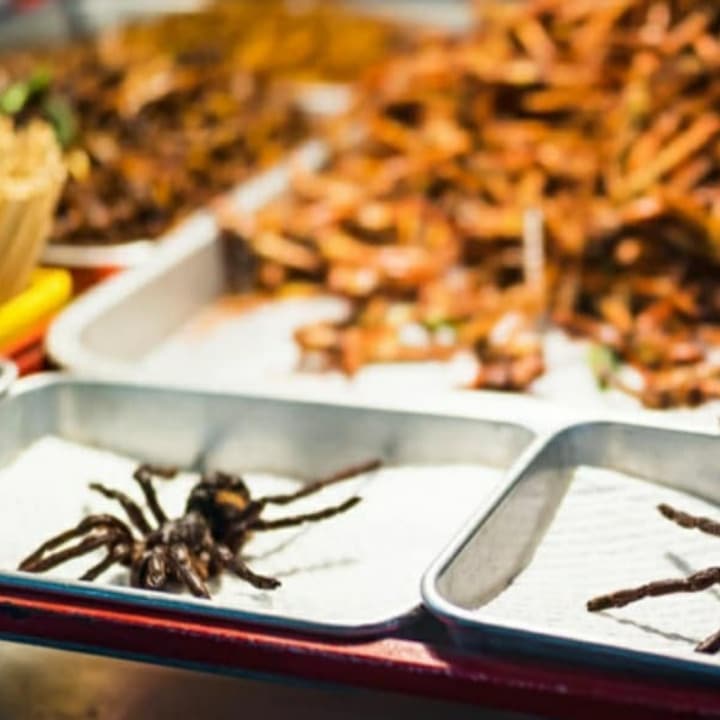
In Cambodia, fried spider is a regional snack. The spiders are bred or found in nature and then fried in oil. The spiders are a species of tarantula called “a-ping” in Khmer, and are about the size of a human palm.
It is believed that this specific kind of spider has been known as the “edible spider.” With a crispy exterior and soft white meat inside, fried spiders are described as bland.
Witchetty Grub
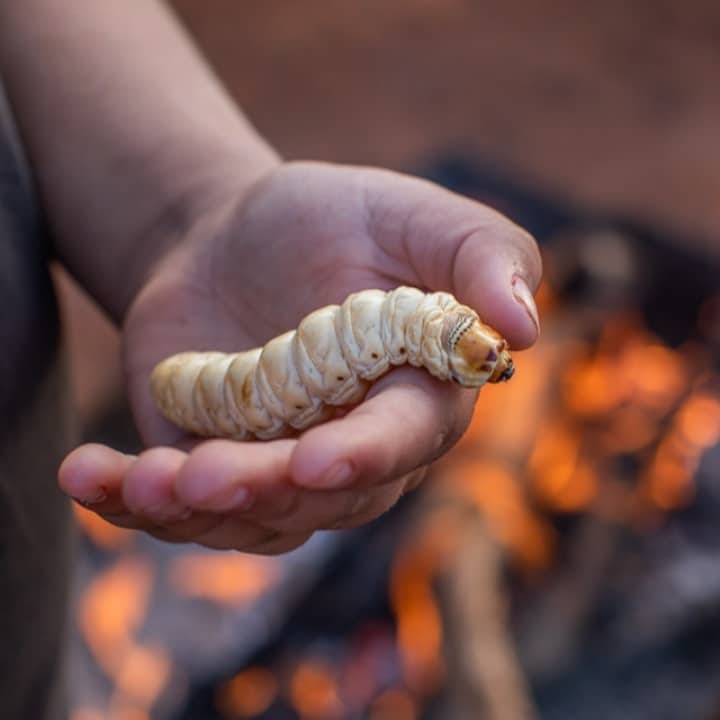
Witchetty grub is a term used for the eating of large, white, wood-eating larvae of several moths. Witchetty grub is a staple of the diets of the Aboriginal Australians and can be found widespread throughout the Northern Territory as well as other parts of Australia today.
Casu martzu
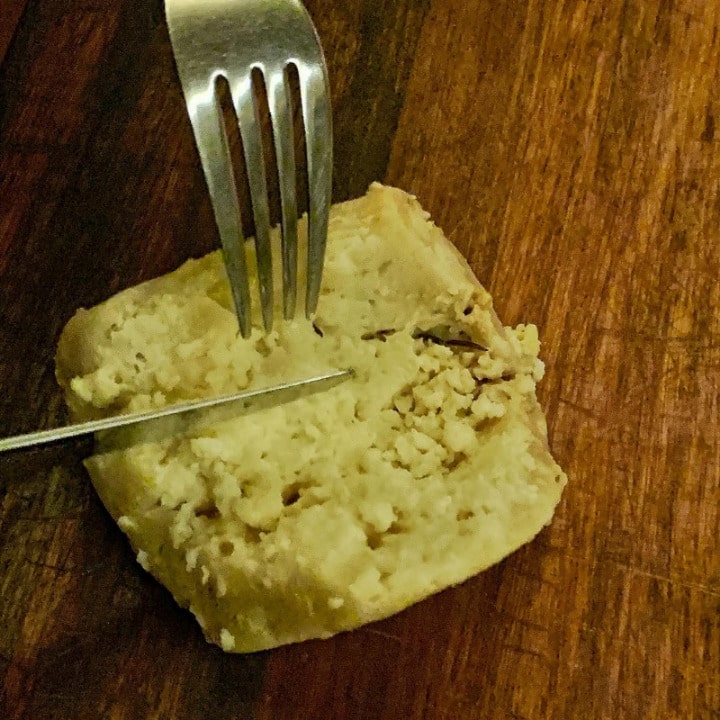
Casu martzu is a traditional Sardinian sheep milk cheese that contains live insect larvae, or maggots. Eek! If that’s already too much information for you, listen to the process of making this cheese.
Casu martzu is derived from pecorino, and it goes beyond fermentation to a stage of decomposition, brought about by the digestive action of the larvae of the cheese fly. These larvae are deliberately introduced to the cheese, promoting an advanced level of fermentation and breaking down of the cheese’s fats.
Casu martzu is a soft cheese, with some liquid seeping out. The larvae appear as translucent white worms.
Southern Fried Rattlesnake
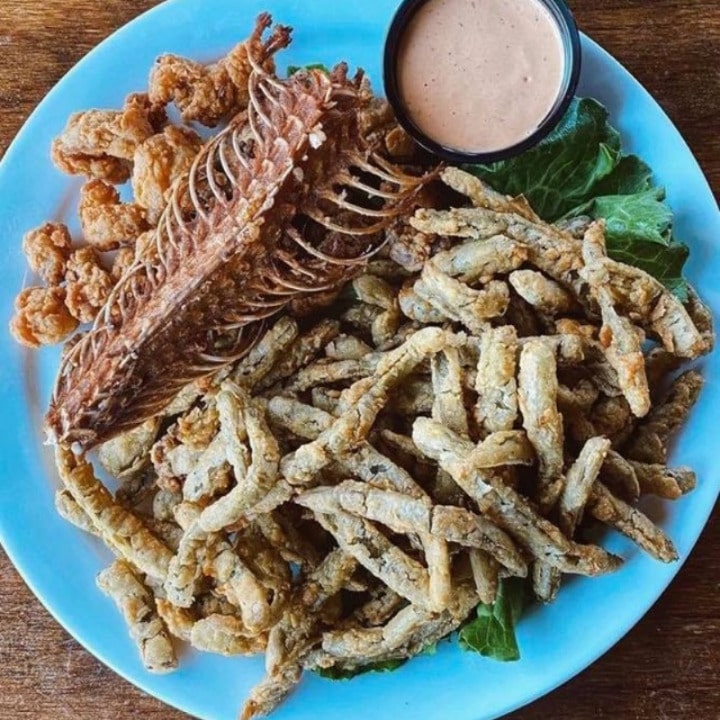
This dish is exactly what it sounds like: fried rattlesnake. Hailing from the Southwest region of the United States, it’s said to taste like frog legs.
Chicken’s Feet
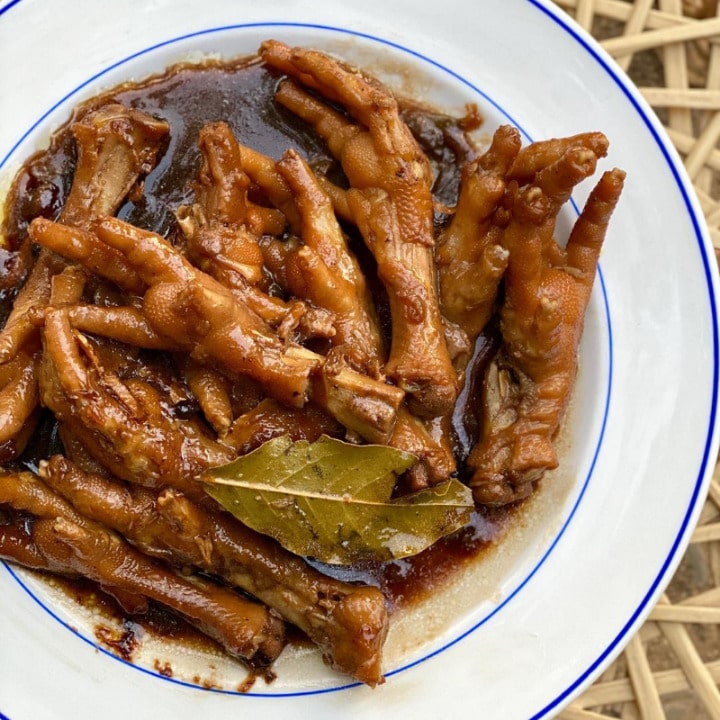
Chicken’s feet are eaten across the world. However, in China, you will find Chicken’s Feet as a beer snack, cold dish, soup, or main dish.
Most of the edible part of chicken’s feet contains no muscle, and has a different texture than any other part of the chicken.
Haggis
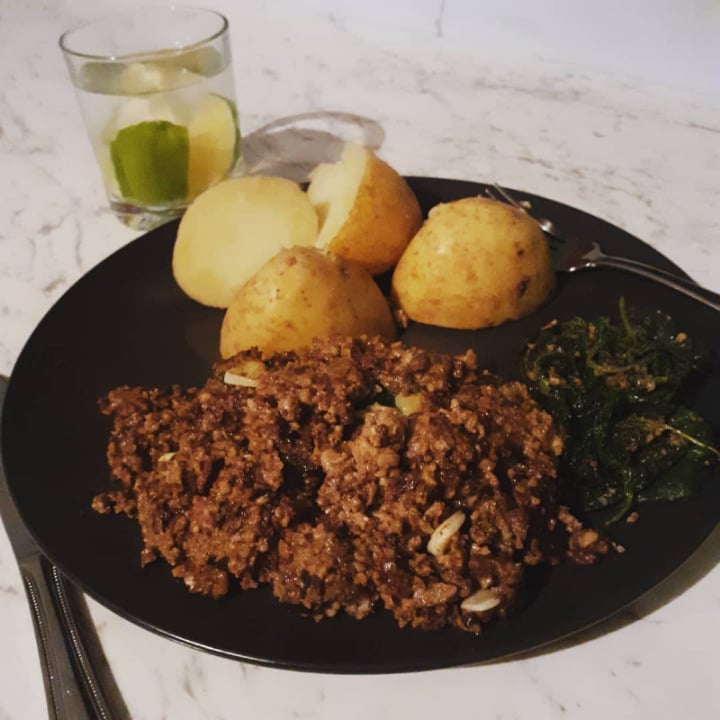
Haggis, hailing from Scotland, consists of a sheep’s or calf’s offal mixed with suet, oatmeal, and seasoning and boiled in a bag, traditionally one made from the animal’s stomach.
It is the national dish of Scotland, the first known recipes being written around 1430.
Black pudding/Blood Sausage
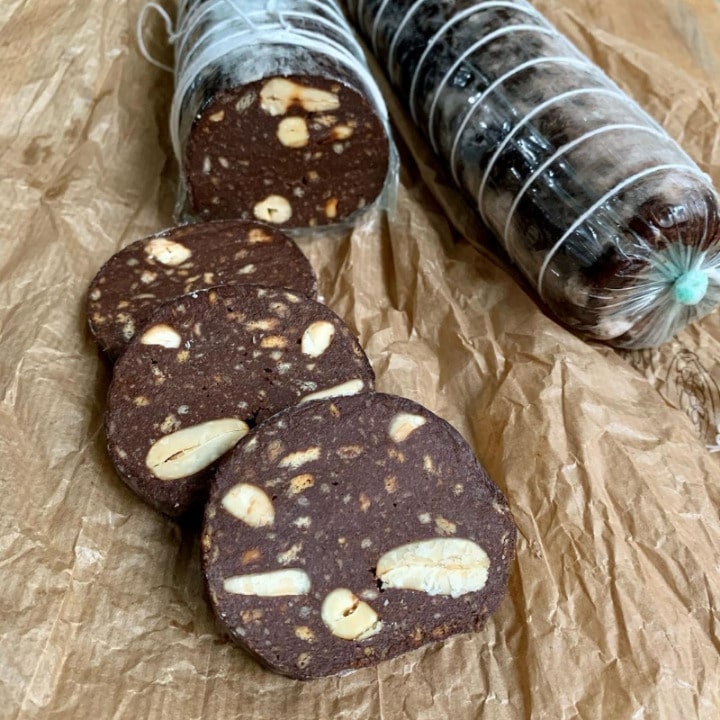
Black pudding/blood sausage is a delicacy that originated in the UK and Ireland. They are sausages filled with blood that is cooked or dried and mixed with a filler. Once it cools, it solidifies. Ingredients often depend on where it’s being made.
In Europe and the Americas, typical fillers include meat, fat, suet, bread, cornmeal, onion, chestnuts, barley, oatmeal, and buckwheat. On the Iberian Peninsula and in Asia, rice is often used. Sugar, honey, orange peel, and spices are also regional specialties.
Cricket Flour
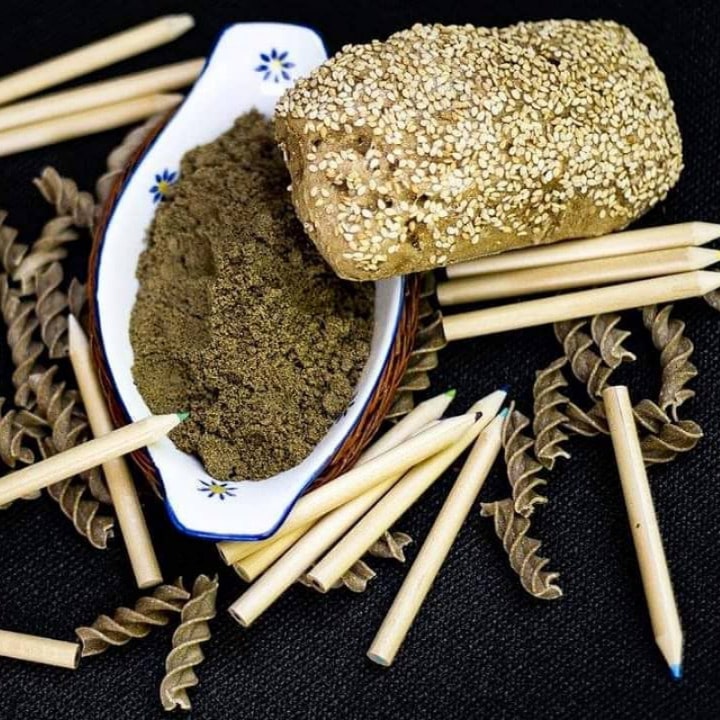
Cricket Flour is derived from, you guessed it, crickets! According to the Food and Agriculture Organization of the United Nations, edible insects are nutrient-rich food sources. There are nearly 2,000 identified edible insect species to date.
They are high in complete protein, unsaturated fat, dietary fiber, vitamins, and essential minerals. Cricket flour contains the nine essential amino acids, calcium, iron, potassium, vitamin B12, B2, and fatty acids.
Hakarl
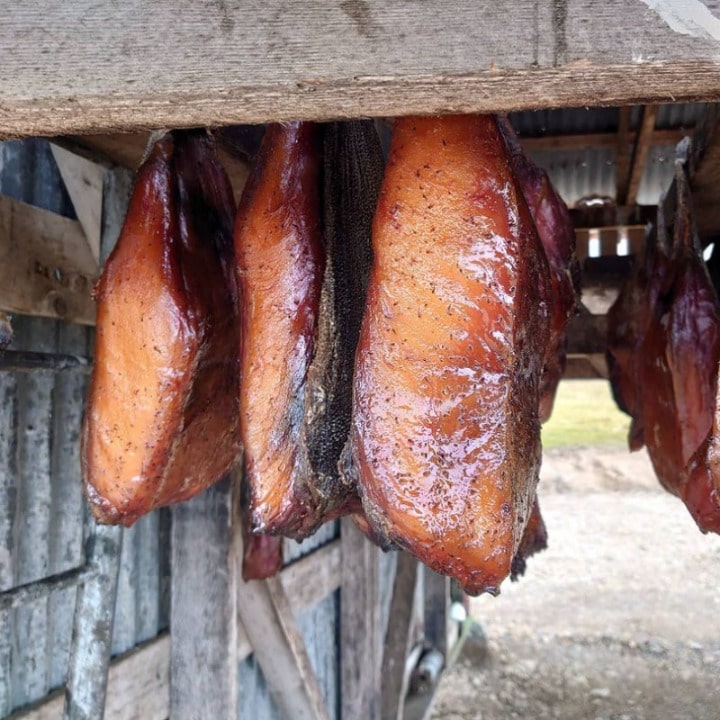
Hakarl, a national dish of Iceland, is a Greenland shark or a sleeper shark that is fermented. Hakarl has a strong ammonia-rich smell and a fishy taste, it can be eaten all year, but is most often found during Iceland’s mid-winter festival.
Vegemite
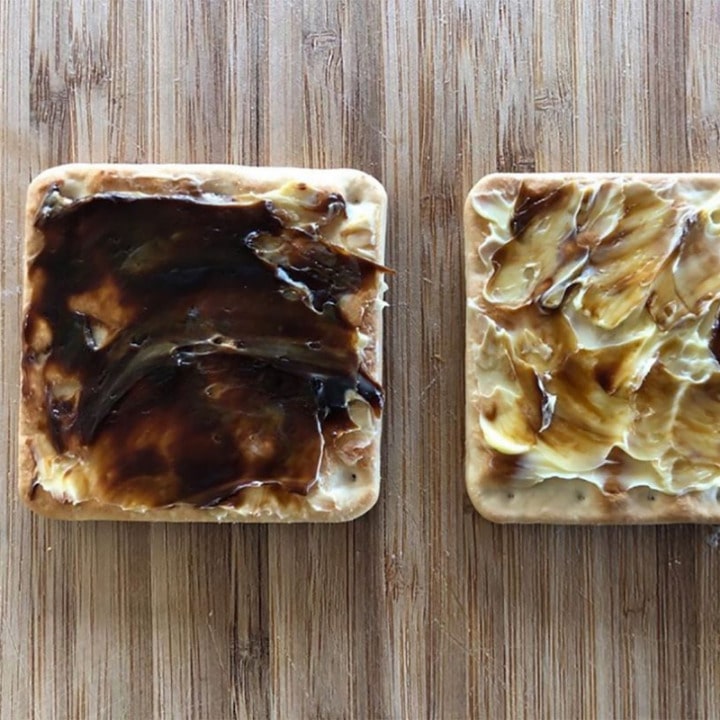
Vegemite is a thick, dark brown spread made from leftover brewers’ yeast extract with various vegetable and spice additives. The stuff that brewers’ usually toss, is what makes Vegemite. It is salty, slightly bitter, malty, and rich in glutamates, which gives it an umami flavor like beef bouillon.
This spread is popular in Australia on sandwiches, toasts, crumpets, cracker biscuits, and pastries, and can be compared to other countries’ versions as well.
Wasp Crackers
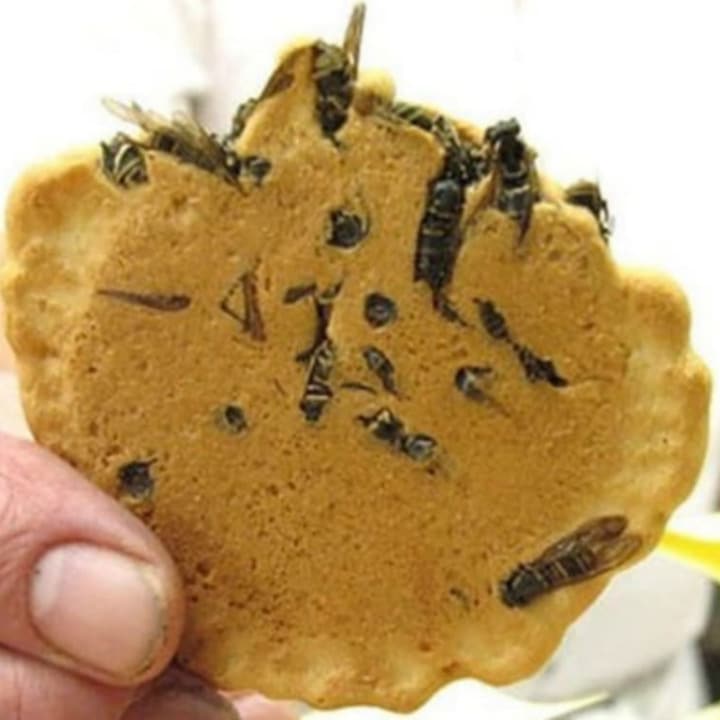
Made in Omachi town in Japan, wasp crackers are rice crackers made with 5 to 6 black digger wasps each. Yes, you can see the wasps!
Balut
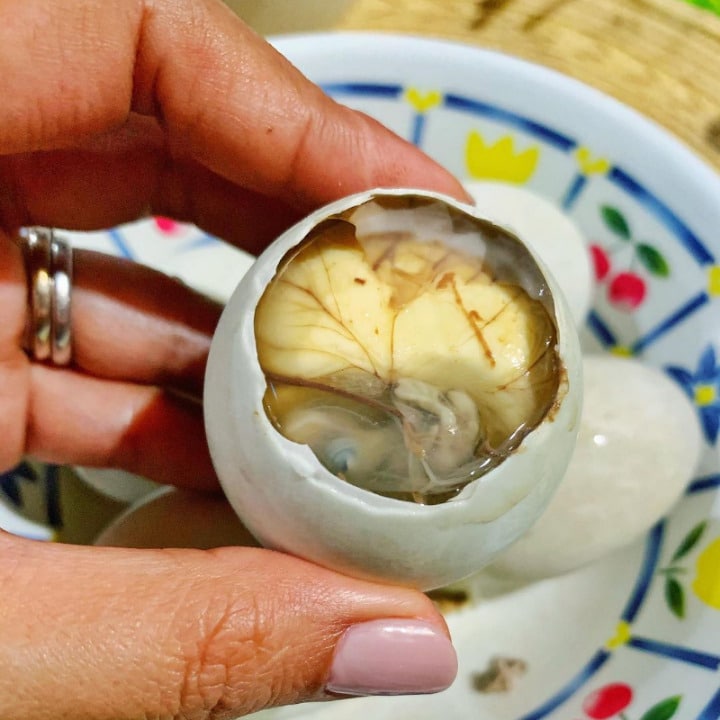
Balut is a street food commonly found in China and other Southeast Asian countries. Balut, a Filipino term, is a fertilized developing egg embryo that is boiled and eaten from the shell. Usually a duck egg, the incubation period usually lasts between 14 and 21 days.
When eggs are incubated longer, the Balut will have a more developed embryo and features of the duckling become recognizable.
Shirouo no odorigui or Ice Goby
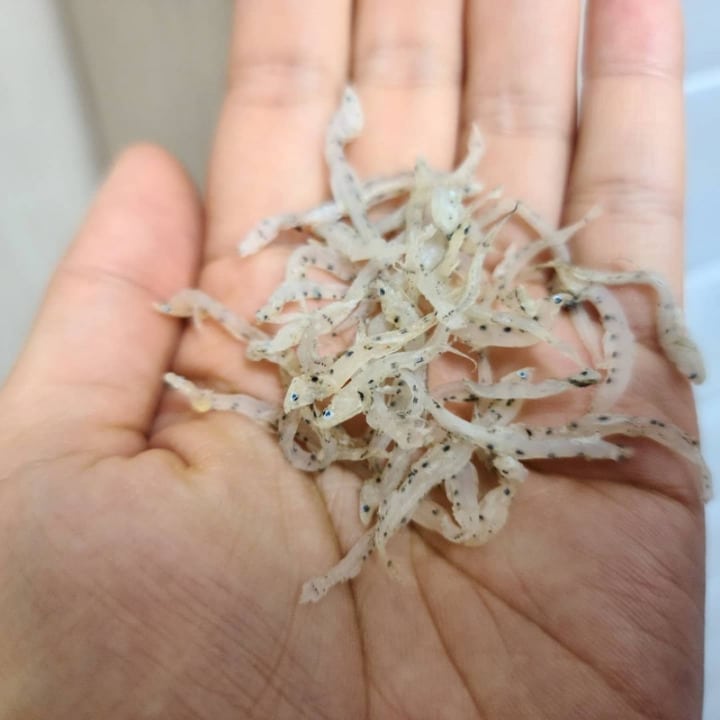
Ice Goby are is a special species of fish that are served alive. In Japan, where Shirouo no odorigui is a delicacy, it is usually served in a shot glass with some soy sauce and you throw it back like a shot, letting it wiggle and worm it’s way into your stomach.
Fugu
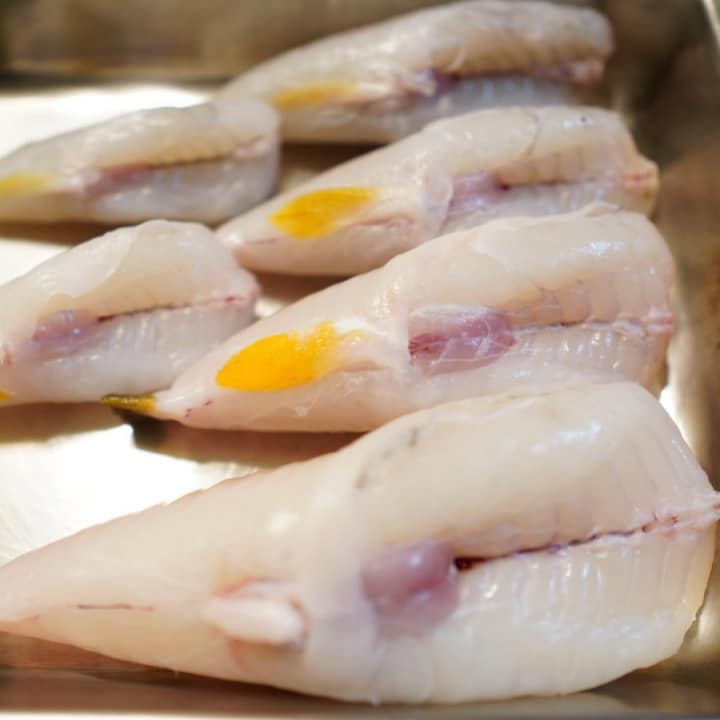
Fugu, also known as the pufferfish, makes its way onto your list because many parts of the fish are very poisonous, said to be more poisonous than cyanide.
Fugu needs to be prepared very carefully by a professional. It’s said to have a nice texture, the flavor of chicken, and the potential of danger!
Escamoles
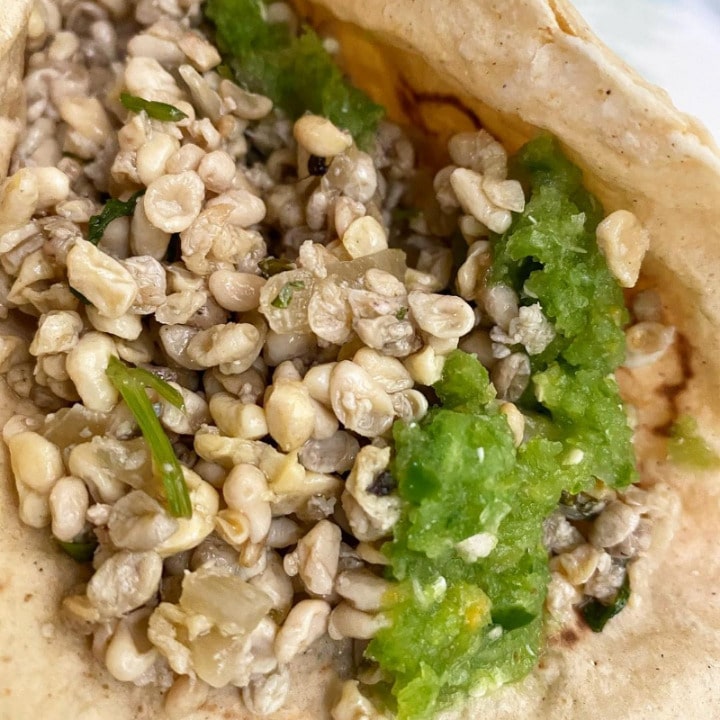
Escamoles are the edible larvae and pupae of ants, and in Mexico, they are often found in a popular dish. They are buttery and nutty, with a texture similar to cottage cheese.
Mopane Worms
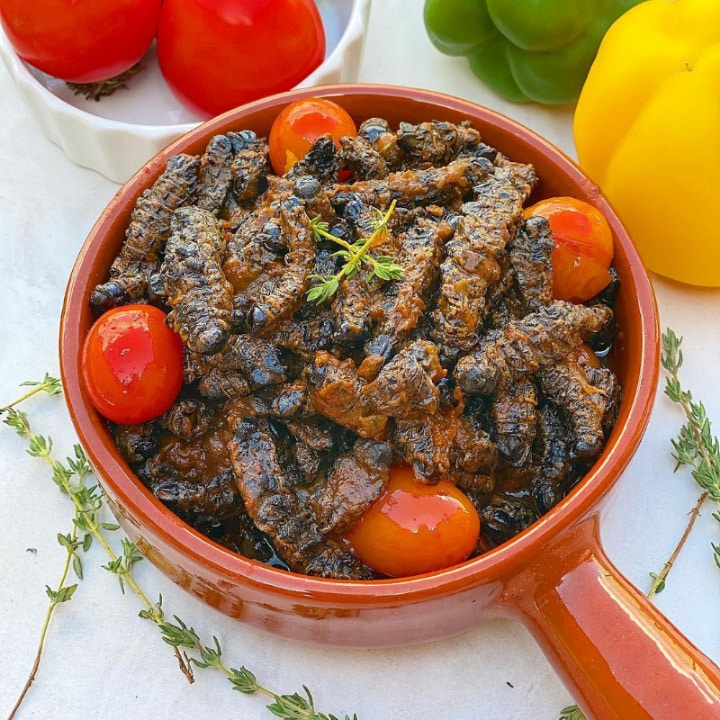
Mopane Worms are eaten as grub in Africa. They are hand picked in the wild, dried, and eaten as a crispy snack. In addition, mopane worms can be soaked to rehydrate, before being fried until they are crunchy, or cooked with onion, tomatoes, and spices and then served with pap.
Inside a mopane worm, the flesh is yellow. The gut can still contain fragments of dried leaf, and the taste of dried leaves is similar to tea leaves. You can also find these little guys canned/packaged in tomato sauce or chili sauce.
Fried Grasshoppers
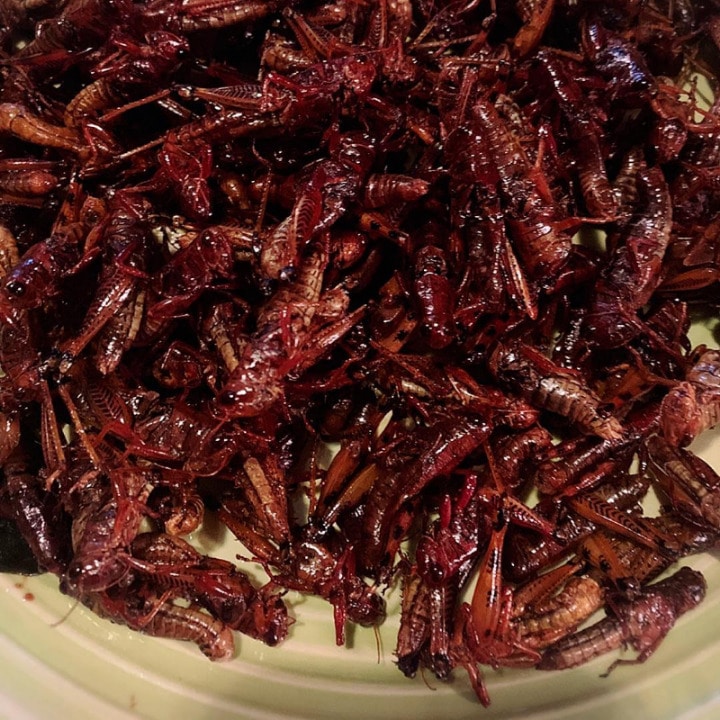
Grasshoppers are eaten in several parts of the world, including Mexico, Indonesia, and China. In Indonesia, fried grasshoppers are eaten in Gunung Kidul Regency, Yogyakarta, Java.
These days, grasshoppers are being used as food and protein supplements.
Milt or Shirako
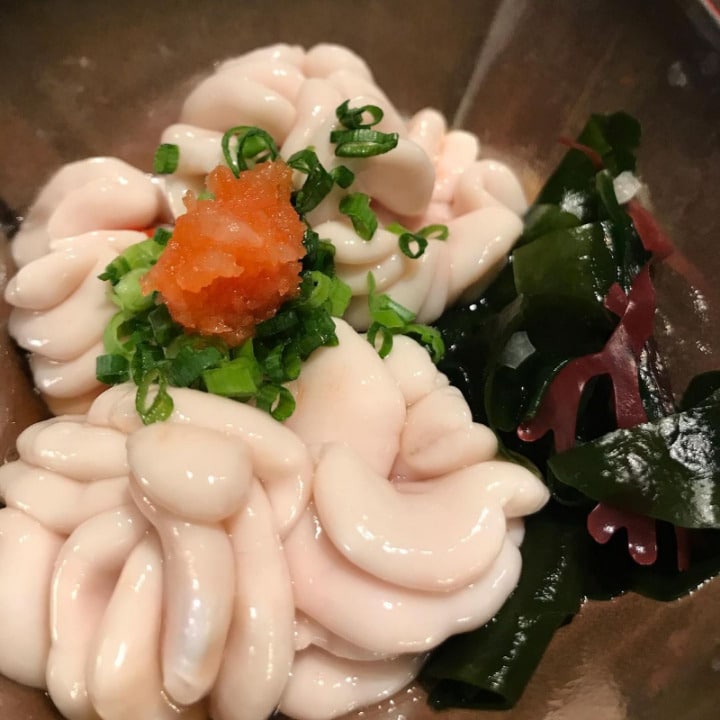
Just when you thought you’d found the weirdest food in the world, enter milt. Milt is the seminal fluid of fish, mollusks, and other water animals that reproduce by spraying this fluid, which contains the sperm, onto fish eggs.
Different countries and areas use different animals, but this can be found in dishes in Indonesia, Japan, Korea, Romania, Russia, and Sicily.
Starfish
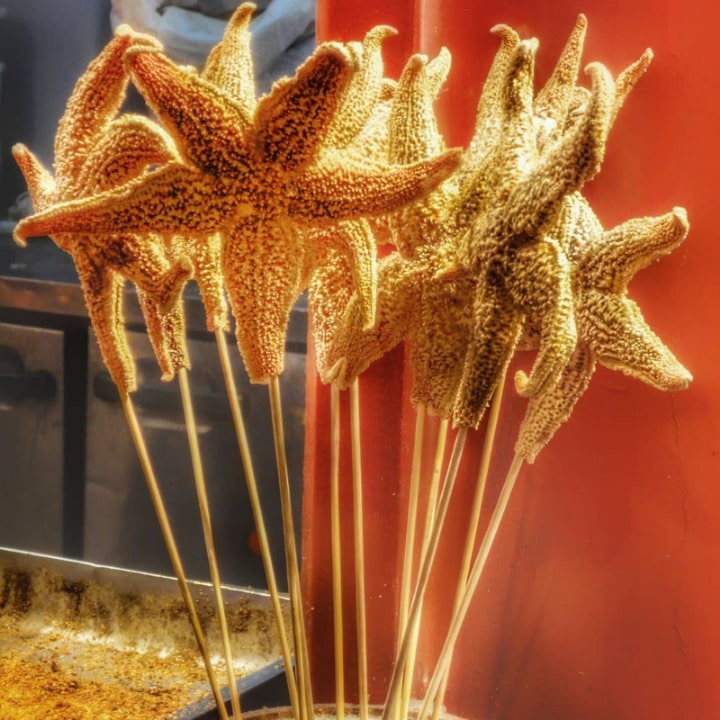
In America, we usually see starfish celebrated as a symbol of the beach and our beautiful ocean. In other parts of the world, starfish are occasionally eaten as food.
This may be because many species of starfish can be poisonous if consumed. Starfish are eaten, said to taste like crab head meat in China, Japan, and Micronesia.
Century Egg
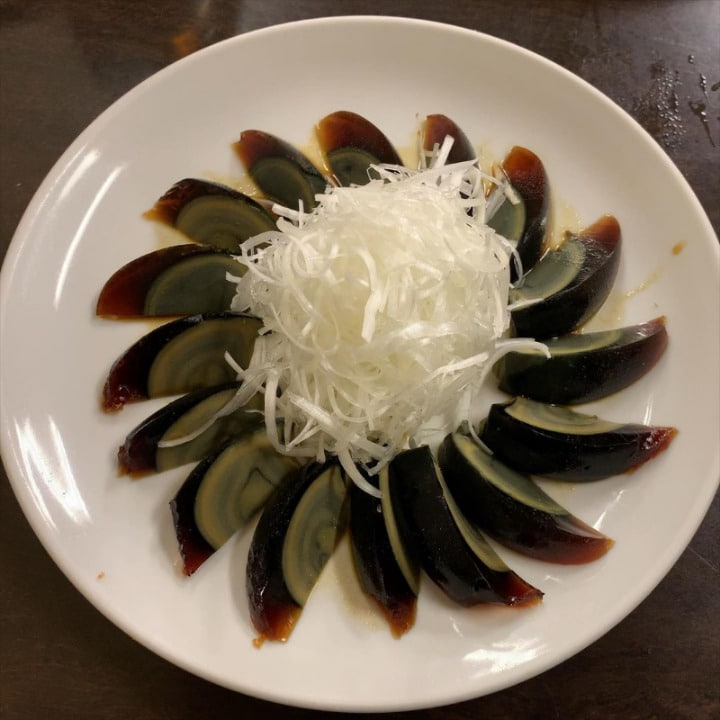
The Century Egg, also known as hundred-year eggs, thousand-year eggs, millennium eggs, are a Chinese preserved egg product made by processing duck, chicken, or quail eggs in a mixture of clay, ash, salt, quicklime, and rice hulls. The processing takes several weeks or several months.
After the process, the yolk becomes dark with a creamy consistency and strong flavor. The white part of the egg becomes a dark brown, salty, jelly. Some eggs have patterns that resemble pine branches, these eggs are known for better quality and are called the Songhua egg, pine flower egg, or pine-patterned egg.
San-nakji
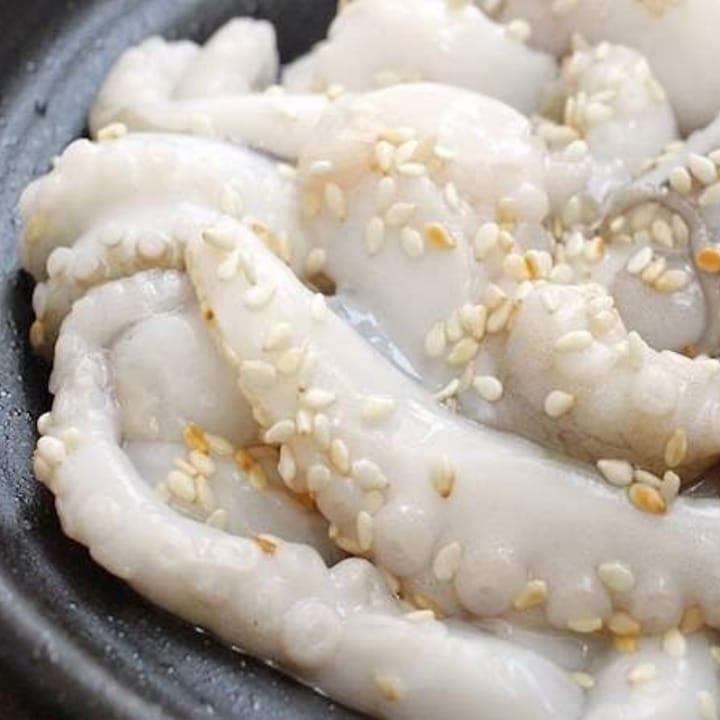
San-nakji is a Korean octopus dish. The octopuses are most commonly killed before being cut into small pieces and served. But watch out – the nerve activity in the octopus’ tentacles make the pieces move posthumously on the plate when served.
A less common version of this dish, the octopus is served whole and alive, sprinkled with sesame seeds and sesame oil.
Now that you’ve seen our list of the most exotic and weird foods in the world, which ones will you try? Leave us a comment below!

![38 Cool And Funny Google Earth Images [With Map Coordinates] 38 Cool And Funny Google Earth Images [With Map Coordinates]](https://www.journohq.com/blog/wp-content/uploads/2022/07/Cool-And-Funny-Google-Earth-Images-Cover-150x150.jpg)













7 Responses
The worst I know is ludifisk, the Scandinavian dish served in Minnesota! not certain the spelling is correct, but it should be added.
i’ve eaten century eggs and rattlesnake meat and enjoyed both
Thanks for sharing, Jim!
Have eaten both escamoles and chapulines (crickets) in Mexico, generally deep fried until crispy and served on a warm corn tortilla with fresh green salsa or guacamole. Delicious! Another Mexican delicacy is “almeja viva,” a species of clam that is eaten live in its opened shell. You squeeze a bit of lime juice on it and watch to make sure it squirms. Then you slurp it out of the shell. A briny taste reminiscent of sea urchin. Beware if they don’t squirm, though. It means they have turned…
Hi Carl, thanks for the tip! We’ll have to try them!
I’d probably try most of these (except maybe casu martzu), although I’m not a big fan of eating things that are still alive (or moving). Mopane and spiders would probably be quite tasty.
Thanks to a lot of travel with the Navy and NATO, I’ve had the following:
* Rattlesnake – Tastes like chicken
* Chicken’s Feet – Surprisingly meaty and quite tasty, it’s often a night market food in southern China.
* Haggis – I prefer mine a bit ‘wetter’ than ‘drier’ and enjoy it.
* Black Pudding – I’ve had this with breakfast in England and it’s quite tasty.
* Cricket Flour – No more flavor than most flours, it’s easy to incorporate into bakery products.
* Hakarl – Had to try this in Iceland – it’s almost obligatory. Not a big fan as I don’t think of ammonia as food. Sea Cucumbers (海鼠 namako) – I has those in Japan – have the same flavor. I’ll pass.
* Vegemite (similar to Marmite in the UK) – Commonly eaten on toast, it’s an acquired taste, but once you get used to it, it’s pretty good.
* Balut – I ate this in the Philippines and it’s actually not bad, especially with a San Miguel beer.
* Fugu – Had it once in Japan on a dare. Very delicate flavor, very dangerous, and VERY expensive!
* Fried Grasshoppers – These often show up as a bar snack in southern Thailand. Like many insects, they taste more like the oil they are cooked in than anything else.
* Century Eggs – Also a bit of an acquired taste, but actually rather tasty.
Lutefisk (as mentioned by Dr. Schlatter) was common among my Norwegian relatives when I was a kid. I wasn’t a fan, so haven’t had it for many years.
Wow, David that’s quite the list! Thanks for sharing!